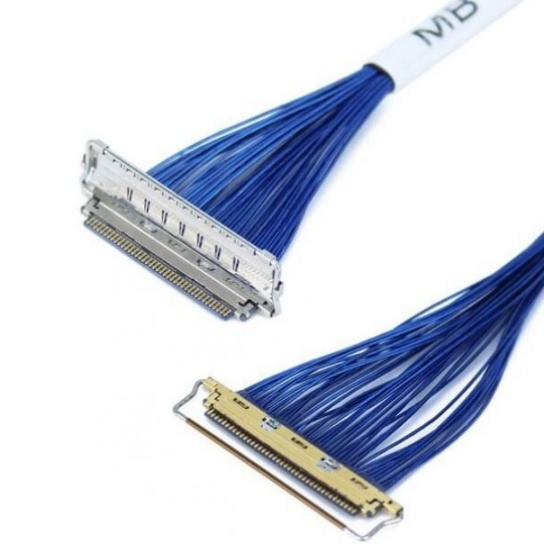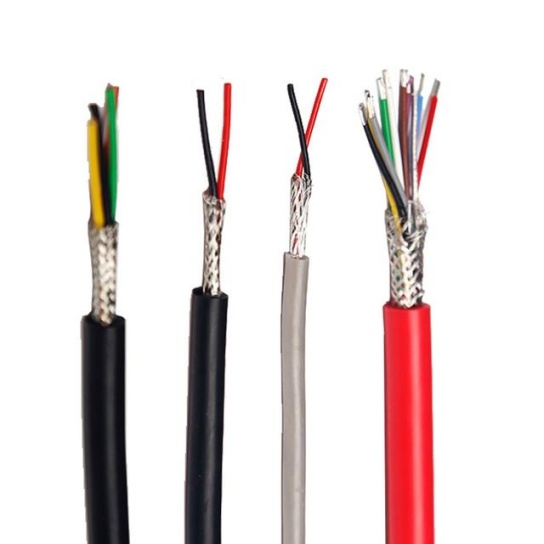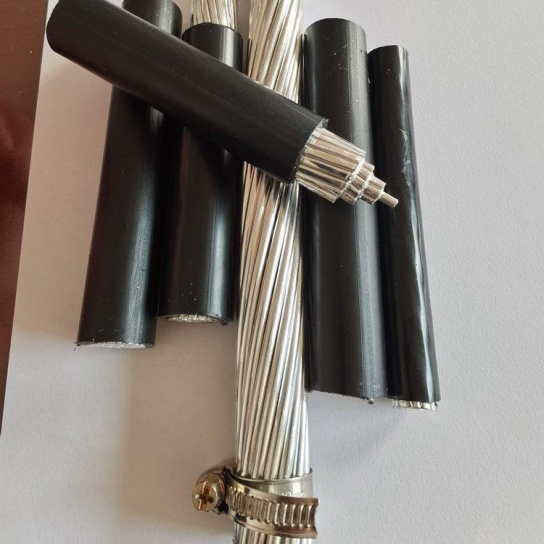Modular Aviation Cables Speed Battlefield Repairs: Revolutionizing Military Aircraft Uptime
The unforgiving environment of the battlefield demands solutions that are fast, reliable, and resilient. Aircraft malfunctions aren’t just inconveniences; they are mission-critical failures that can cost precious time and lives. Among the most common culprits are damaged electrical wiring and cable assemblies. Traditional repair methods, often involving hours of painstaking splicing, soldering, and re-insulating, are a luxury military operations simply cannot afford. Enter modular aviation cables: a game-changing technology rapidly transforming how battlefield repairs are executed, drastically reducing aircraft downtime and boosting operational readiness.
The Crucial Challenge: Downtime Equals Vulnerability
Electrical malfunctions caused by damaged cables can stem from:
- Physical Trauma: Ballistic damage, shrapnel, rough landings.
- Environmental Stress: Extreme heat, cold, moisture, vibration, corrosion.
- Wear & Tear: Chafing against structures, connector fatigue.
Conventional repairs often require:
- Meticulous Fault Identification: Tracing the exact point of failure within complex harnesses.
- Time-Consuming Disassembly: Gaining access to the damaged section, often deep within the aircraft structure.
- Complex Splicing/Soldering: Requiring specialized tools, skills, and a controlled environment.
- Thorough Re-insulation & Testing: Ensuring integrity, which is prone to error under pressure.
- Re-assembly: Reinstalling the repaired harness section.
This process can easily take hours or even days, leaving vital air assets grounded during critical operational windows.
How Modular Aviation Cables Revolutionize Repairs
Modular cable systems address this head-on through intelligent design:
- Plug-and-Play Architecture: Instead of miles of continuous, monolithic wiring harnesses, the system is broken down into distinct, self-contained modules or segments. These modules connect to each other and system components via robust, quick-disconnect connectors.
- Targeted Isolation & Replacement: When damage occurs (identified visually or through simplified diagnostics), technicians can:
- Locate: Quickly identify the specific damaged module.
- Disconnect: Easily unplug the faulty module at its connectors.
- Replace: Insert a pre-tested, certified spare module from onboard kits.
- Reconnect: Securely plug in the new module.
- Radical Reduction in Complexity: Eliminates the need for intricate splicing, soldering, heat shrinking, and complex testing protocols associated with traditional repairs.
The Dramatic Benefits for Battlefield Maintenance
- Exponential Speed Increase: Repairs that took hours can now be completed in minutes. Swapping a module is often faster than troubleshooting the exact failure point in a traditional harness.
Traditional Repair vs. Modular Repair Time ComparisonRepair PhaseTraditional Method Estimated TimeModular Method Estimated TimeFault Identification30 mins – Several hours5 – 15 mins (Visual/Quick Diag)Access & Disassembly30 mins – 2 hours5 – 15 mins (Simple Unplug)Physical Repair/Replace1 – 4+ hours (Splicing/Testing)< 5 mins (Swap Module)Reassembly & Test30 mins – 1 hour5 – 15 mins (Replug/System Test)TOTAL ESTIMATED2 – 8+ hours~15 – 45 minutes
- Enhanced Reliability: Factory-manufactured and certified modules ensure consistent quality and reliability, superior to field repairs under adverse conditions.
- Simplified Logistics: Reduced need for highly specialized soldering technicians on the front lines. Technicians with standard training can perform module replacements.
- Reduced Aircraft Weight (Potential): Minimizes the need for complex layers of protective loom and redundant wiring runs common in monolithic designs to facilitate future repairs.
- Diagnostic Ease: Clear connector interfaces can simplify pinpointing failure locations.
- Future-Proofing: Easier to upgrade subsystems by replacing modules rather than rewiring entire sections.
Military-Specific Advantages
- Increased Sortie Generation Rate (SGR): Faster repairs mean aircraft return to the fight quicker, maximizing operational tempo.
- Enhanced Forward Operating Capability: Enables effective repairs closer to the point of need, reducing reliance on deep maintenance depots.
- Reduced Footprint: Less specialized tooling and bulky spares (long harnesses) needed in the field. Spare modules are compact.
- Improved Personnel Safety: Minimizes time spent exposed during complex repairs, especially in hostile or unstable environments.
Implementing Modular Cables for Optimal Uptime
- Strategic Sparing: Identify critical, highly vulnerable, or failure-prone circuits for modular implementation first. Carry pre-configured spare modules for these segments.
- Standardization & Training: Adopt common connector standards across fleets where possible. Train maintenance crews specifically on modular system identification, diagnostics, and replacement procedures. Training becomes faster and focuses on module swapping rather than intricate wire repair.
- Robust Design: Modules must be designed to military specifications (MIL-STD/MS standards) for shock, vibration, temperature, moisture, sand/dust, and EMI/RFI. Connectors need positive locking mechanisms and environmental seals.
Conclusion: Mission-Critical Agility Through Modularity
“Modular Aviation Cables Speed Battlefield Repairs” is not just a headline; it’s the operational reality changing the landscape of military aviation maintenance. By embracing this innovative plug-and-play approach, armed forces can dramatically slash repair times, minimize critical aircraft downtime, and significantly enhance mission readiness. The shift from complex, time-sensitive repairs to simple, rapid module replacement delivers life-saving agility and resilience right where it’s needed most – on the front lines. As threats evolve, the strategic advantage offered by modular wiring systems becomes not just desirable, but essential for maintaining air superiority and operational success. Investing in this technology is an investment in mission-critical agility and sustained air power.






